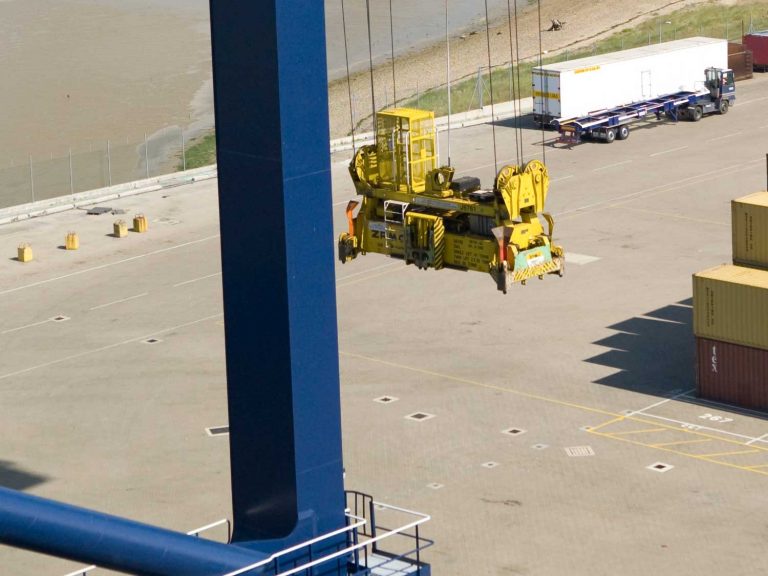
Date:
Available container equipment shortage continues
Containers continue to be in short supply – particularly in the places where they’re needed most – with wait times varying region to region, country to country and port to port. And even the world’s biggest shipping lines are not sure when their containers will be available, or where.
Despite relationships going back decades, long-standing contracts and priority agreements, our ocean commercial team continue to face massive challenges in locating, booking and positioning the right container equipment, at the right place, at the required time, with particularly profound shortages across China.
Whatever challenges they face, Emma Hulbert and her team, always get the equipment that is needed, or find alternatives to work around the problem.
The continuing shortage of shipping containers is a symptom of the havoc wreaked by the COVID pandemic on global supply chains.
The problem isn’t that there are not enough containers, it’s that the containers are in the wrong places, with stacks of containers in areas where they really shouldn’t be as they cannot be loaded with products due to the imbalance of trade.
When the initial outbreak of COVID-19 forced China into national lockdowns at the end of 2019, the region’s manufacturing sector shut down and cargo ships that were already en route out of Asia dropped off hundreds of thousands of containers full of goods, but because of pandemic restrictions, those containers were not re-loaded with exports to send back to Asia. Instead, the containers simply piled up at ports and inland terminals.
Unable to spend their money on restaurants, pubs and entertainment, consumers turned to buying manufactured goods and the massive upturn in demand that began late in 2020 meant that origin and destinations ports struggled to load and unload containers fast enough to keep up with the queues of ships anchored offshore.
Many ships, already running behind schedule because of congestion at the ports, decided to leave their empty containers behind rather than wait days to load them back onboard. Or they simply did not call at the ports intended as they were omitting them from their schedules.
As containers continued to pile up at import ports across the UK, Europe and the US, their supply dwindled at major export hubs across Asia.
Despite factories ramping up container production activity at the end of last year and beginning of this year, inventories of new containers remain very low and it is unlikely that the shipping lines will be able to end the shortage by simply making more containers.
The shipping lines’ expectation is that the container shortage will sort itself out over time, and bottlenecks will be relieved as buying patterns return to normal. Additional vessels and containers are entering the market in 2021, which will also help to alleviate the issue.
How long that will take to unwind is unfortunately a guess and we are working to the assumption that the shortages will be resolved sometime towards the end of this year or early next year.
But of course any assumption for how the shortage will end can be undone in an instant, if we have another ‘Suez’ or ‘Yantian’ incident.
While shortages remain, locating and booking equipment is particularly challenging, which is why we request four weeks visibility and booking window from vendors and shippers, to secure space on the vessel and get the right equipment positioned.
Global supply chains are likely to be under intense and sustained pressure for some time yet and we will continue to share with you the most important developments, so that you are informed and prepared to make critical decisions, ahead of potential issues.
Please contact Elliot Carlile or Grant Liddell to learn how we can support your supply chains, even in the most challenging market conditions.
